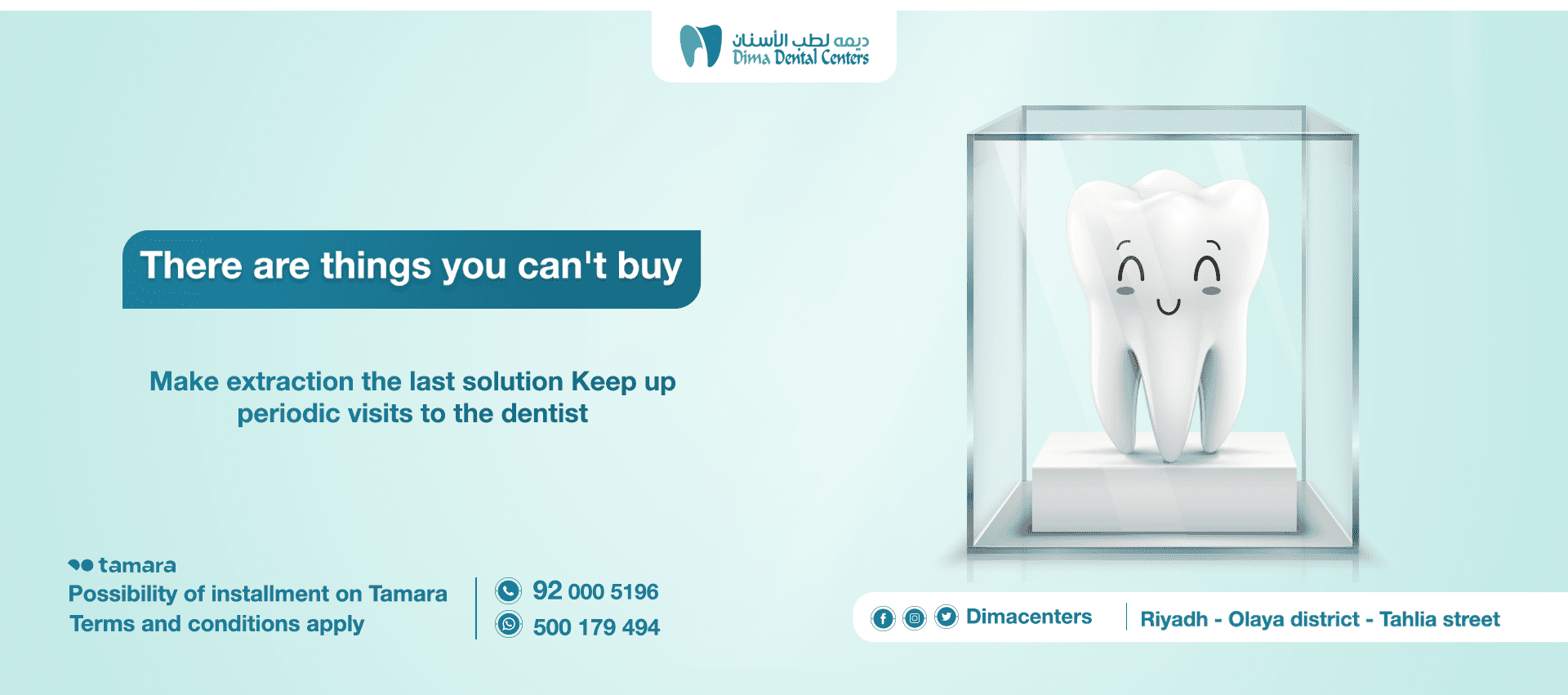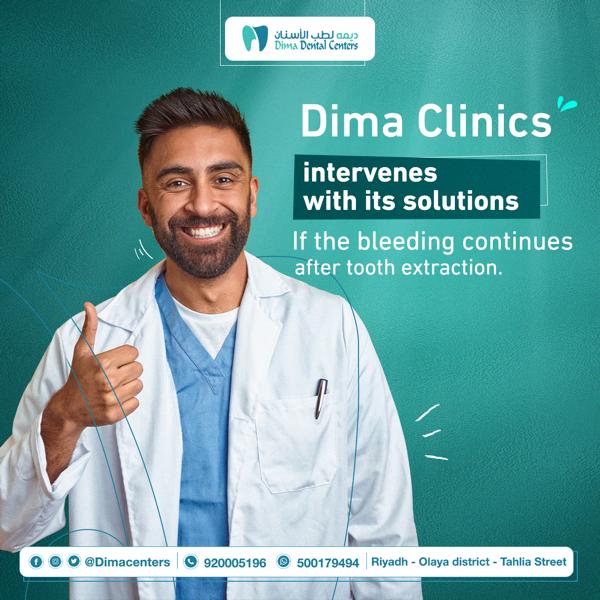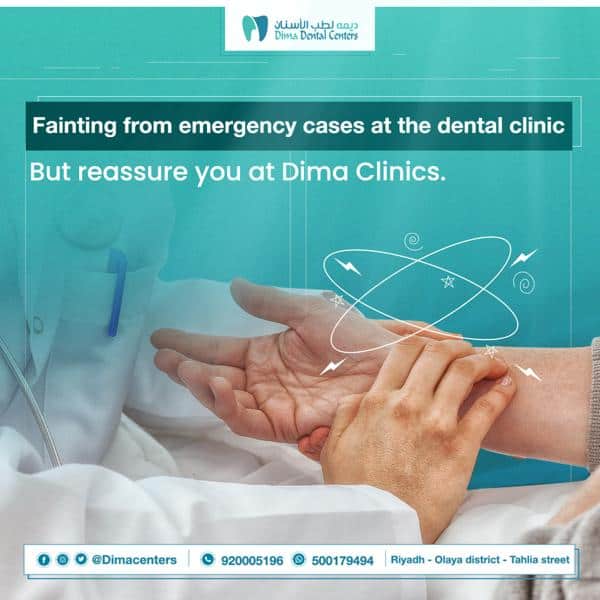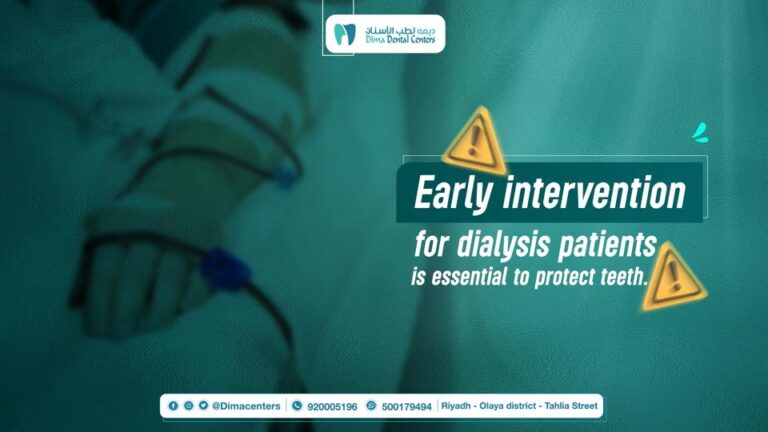Make tooth extraction and regular visits to the dentist to ensure your safety

Tooth extraction is an intervention consisting in the extraction of teeth from the alveoli, and the often intimidating, it is often less painful than it appears thanks to the advanced techniques used and the recommendations of the dental surgeon and you may be suggested to extract teeth if there is no other alternative or when treatment options that allow to preserve the tooth structure fail, if preserving your natural teeth still represents priority for usSince we have many alternative options, a number of reasons can lead to tooth extraction.
Reasons for resorting to tooth extraction
- severe tooth decay
- the presence of an abscess
- trauma to the tooth (crack, fracture)
- One or more wisdom teeth that are painful or may hurt other teeth
- Lack of tooth space (for example in the case of orthodontic treatment)
- Tooth loss due to gum disease
In all cases, we perform a rigorous examination of all your teeth and an assessment of your general health (dental history and medical history) in order to perform the dental procedure in the best possible conditions.
Simple or surgical tooth extraction
Radiographic examination makes it possible to assess the complexity of the extraction and determine the type of procedure that must be considered to remove the tooth.
- Simple tooth extraction concerns visible teeth that do not pose a risk of complications.
- Surgical tooth extraction (tooth excision) is performed in the case of dead teeth (generally molars), severely damaged by decay, impacted or difficult to reach.
Tooth extraction stages
After sterilizing his practice and sterilizing his instruments, the practitioner performs several essential technical gestures to make the extraction process smoothly:
- Clean the mouth with an antiseptic solution.
- Local anesthesia to numb the nerve of the tooth to be removed.
- Syndrome, that is, the separation of the tooth from its epithelial attachments.
- Partial dislocation, which consists of moving the tooth with an elevator that is placed between the socket bone and the tooth.
- Vertical traction with a reservoir for tooth extraction and removal.
In the case of surgical extraction, it is necessary to make an incision in the gums to extract the teeth. Once the teeth are extracted, stitches are used to close the previously cleaned cavity.
Treatments after tooth extraction
Treatments are of a different nature:
- In the case of a simple extraction on an unaffected tooth, analgesic treatment and mouthwash will be sufficient.
- If the tooth becomes infected, antibiotic treatment will also be prescribed.
- In the case of a surgical extraction, we will combine a stronger analgesic, antibiotic and anti-inflammatory treatment, accompanied by an ice pack to reduce swelling.
Tips for a better recovery
- To improve healing, you must follow a few simple rules:
- Gradually resume brushing and flossing.
- Wait for a clot to form (first heal) before washing your mouth.
- Eat moderately soft food for 48 hours.
- Avoid very hot foods and drinks.
- Avoid tobacco and alcohol.
- Sleep with the head elevated for two days.
Tooth extraction alternatives
The loss of one or more teeth, whether as a result of an accident, extraction or any oral condition (untreated gum disease, deep caries, etc.), requires relative speed in order to prevent various problems. Since teeth are usually placed in the mouth in such a way that they form a cohesive and balanced whole, the sudden loss of one or a few of them can lead to problems with chewing, problems with speech, and pain in the jaws. Also, the gums and bone supporting the teeth are no longer stimulated by the roots of the missing teeth, but rather gradually absorb and deteriorate. Even if several teeth are not replaced before a certain time, facial abnormalities may appear, causing aesthetic damage. Fortunately, there are various solutions to prevent this type of complication and maintain the health of your mouth. Here are the main options available to you.
1. Single Implant Crown
A crown on a single implant is a convenient solution to losing a single tooth. A dental implant, which acts as an artificial root, is inserted into the alveolar bone. After a recovery period of about six months, the abutment is inserted into the implant. Next, the crown, i.e., the replacement tooth, is made either directly into the chair using a technique CEREC, or in the laboratory. The crown is finally attached to the implant abutment, or cemented, to the latter. However, this solution is relatively expensive, but it has many advantages: a crown on a single implant is durable and aesthetic, unaffected by tooth decay and restores chewing and speech function. Moreover, the procedure is proven, simple and safe.
2. The traditional bridge
A fixed bridge is used to replace one or more missing teeth. It usually consists of three (or more) crowns welded together. A crown or crowns in the center of the bridge act as the replacement tooth, while crowns at the ends, which are hollow, are meant to cover the adjacent teeth in a narrow space. These teeth, located on each side of the free space, act as the pillars of the bridge, and must be cut according to this role. Changing healthy teeth, near the decayed space, is a disadvantage of this type of dental restoration. However it is a solution that provides good stability.
3. Implant bridge
A bridge on implants is the preferred solution when a few teeth are missing. The dental implants are then inserted into the alveolar bone. Once the healing process is complete, the bridge, made in a laboratory from detailed impressions of the mouth, is attached to the implants. Thus, this method of work does not mean changing the healthy teeth of the mouth to serve as a shaft, as is the case for a traditional bridge. Moreover, by replacing the roots of the teeth, the implants prevent the phenomenon of bone and gum resorption caused by tooth loss. In addition, it is a very permanent solution. In fact, if well maintained, the bridge on the implants can remain in the mouth for life.
4. The bracket has a metal frame
A metal skeleton prosthesis is mainly used if several teeth are missing, whether they are located next to each other or not. This prosthesis is removable, that is, it can be removed. In order to hold it in place, it has small hooks that rest on the natural teeth. It can be worn on the upper jaw and lower jaw. When certain treatments are required (to restore gum health, for example), the wearing of a metal-framed prosthesis can be preceded by an acrylic prosthesis, in order to promote healing.
5. Root Simulation Dental Implant
The implant identifies the part of the tooth’s gums, which is the root. When this is not present, a false root is necessary, which will serve as a support for the false tooth. This “fake root” is what is called an implant. Most often, implants are performed with a titanium rod that is fixed directly into the bone. For dental implants, the surgeon must make an incision in the gums (under local anaesthesia). Then, at the level of the alveolar bone, it creates a site to accommodate the implant. After healing, the implant will then be covered with a prosthesis which can be a crown or a bridge.







